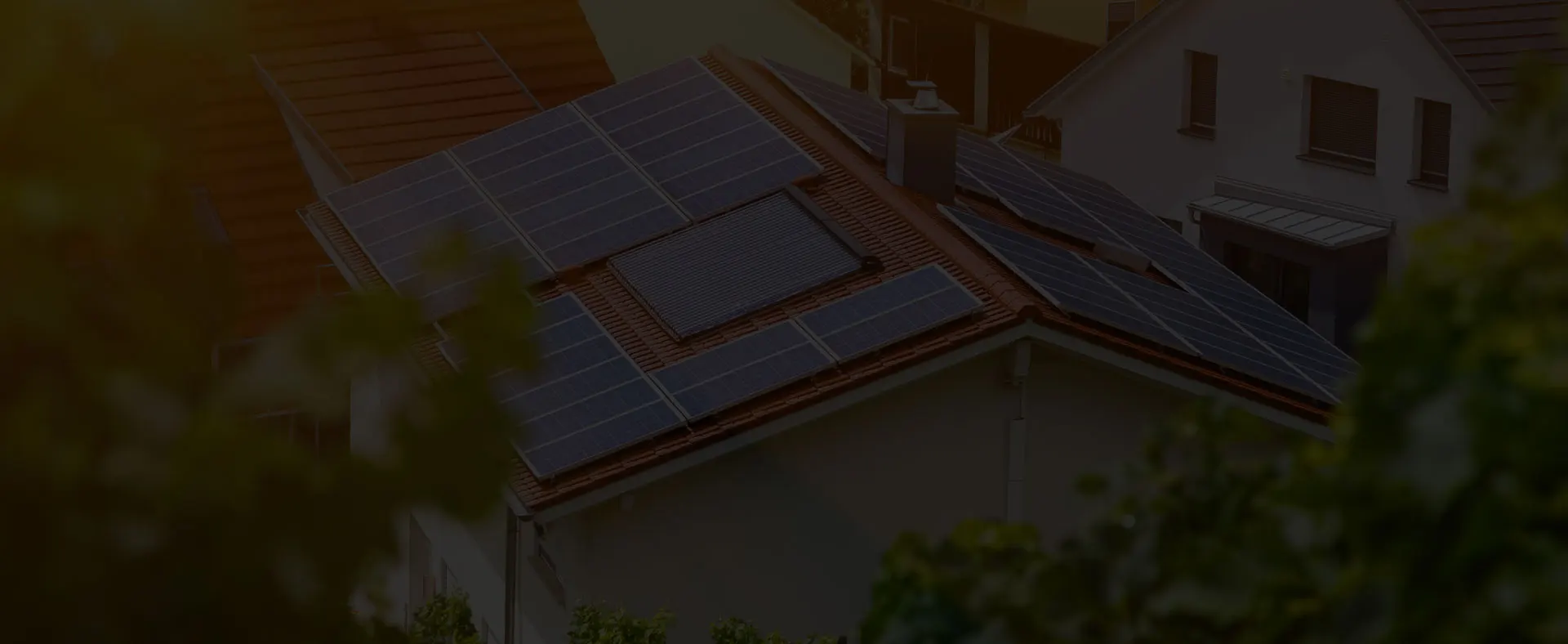
The water and the sun, the winning recipe for future energy
The secrets of alternative energy
Renwables have never been this accessible
Green power from energy sources such as water, sun, biomass and wind means that less and less coal-fired and nuclear power plants are being used to generate electricity. Green electricity is available in large quantities: today, almost every household in Europe and the USA can freely choose the type of electricity they want to use to power their household sockets and more.
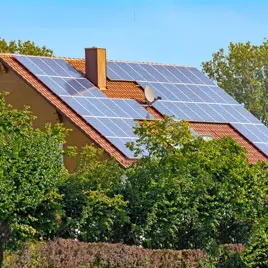
Photovoltaic or thermal solar energy
In a nutshell, solar energy is the power we can get from the sun’s rays. A distinction must also be made between photovoltaic solar energy and solar thermal energy.
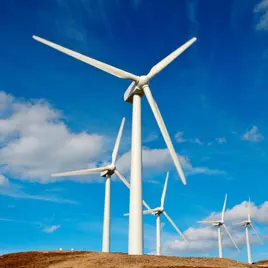
The air behind wind energy
The ancestors of wind turbines are windmills. Wind turbines produce energy, for example electricity, from the movement of air masses. They harness the kinetic energy of the wind.
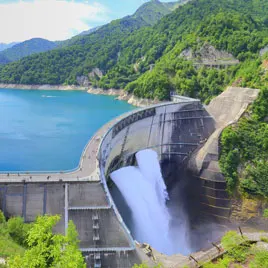
Hydraulic energy thanks to sea currents
The term hydropower refers to the energy that can be obtained by exploiting water which is less subject to weather conditions, but is still reserved for large-scale production.
Biomass energy from organic matter
Biomass can become a source of heat, electricity or fuel.
Several techniques can be used to extract its energy: combustion, gasification, pyrolysis or methanisation for example. Biomass energy can be produced locally. However, in some cases, care must be taken to ensure that it does not compete with the food chain. More information on aecoenergies.com.
Drawing energy from the ground, geothermal energy
Geothermal energy is a renewable energy that comes from the extraction of energy from the ground. This heat results essentially from the radioactive decay of the fissile atoms contained in the rocks.

It is mainly used for heating.
Heating
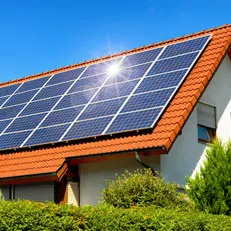
It doesn’t depend on atmospheric conditions.
Independent energies

It can be used for the production of electricity.
Electricity
Specialists like to classify these energies into five main types
The term renewable energy, as underlined by subsenergy.com, is used to refer to energy that, at least on a human scale, is inexhaustible and available in large quantities. There are five main types of renewable energy: solar, wind, hydro, biomass and geothermal. Their common characteristic is that they produce little or no polluting emissions during the exploitation phase, thus helping to combat the greenhouse effect and global warming.
Renewable energies at the service of the electric car
Presented as a sustainable solution for clean mobility, the electric car does not have the same CO2 footprint in Paris or Beijing. However, in a context of development of carbon-free electricity production, these differences should soon diminish. The electric vehicle offers the opportunity to emit no carbon dioxide or pollutants during use. However, the production of the electricity needed to charge its batteries does result in C02 emissions.

Solar Power
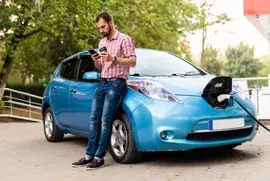
Hydropower
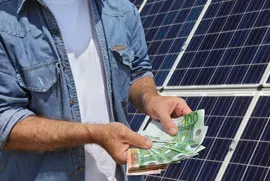
Wind Energy

